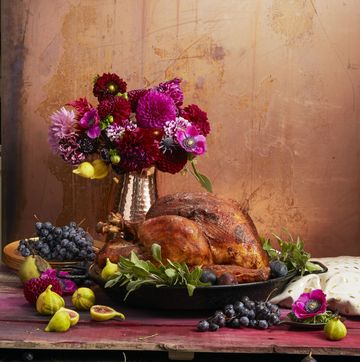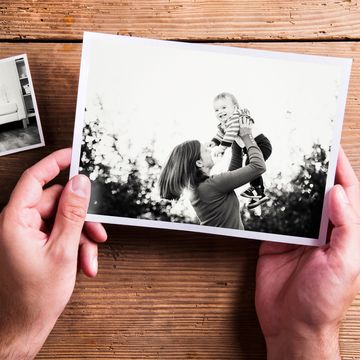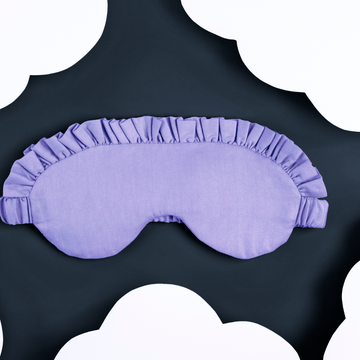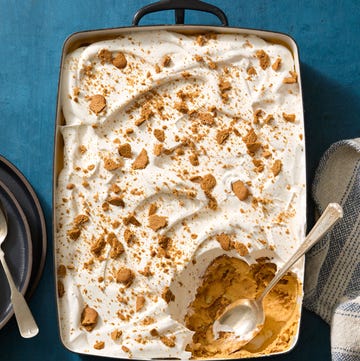When I first heard about cooking turkey upside down for Thanksgiving dinner, I was tempted. Between figuring out how much turkey per person, what Thanksgiving sides go with your main, the perfect desserts to end your meal and more, there’s a lot to think about for this food-centric holiday. Anything to make cooking a turkey easier or tastier is music to my ears.
Why roast a turkey upside down?
The theory states that flipping the bird during cooking is the best way to achieve juicy white meat and perfectly cooked dark meat, as it prevents the breast from being directly exposed to the oven’s heat. Some cooks maintain that the fat from the legs and thighs drips into the breast meat, a belief that makes sense by the laws of gravity — but maybe not by physics.
I had to find out for myself so I ordered a frozen, 12-pound gobbler. After letting it thaw in the fridge for about three days, I patted it dry, drizzled it with oil and seasoned it with salt. Then it was time for the flip. With a firm grip, I rotated the turkey breast-side down with the wing tips tucked under the drumettes, like a yogi in cobra pose.
What happens when you cook a turkey upside down?
Here's what I learned after roasting the upended bird at 375°F until the internal temperature reached 165°F:
- It’s faster. Based on previous turkey recipe development, a 12-pound bird should take a little over 2 ½ hours to roast. The same size bird flipped over only took 2 hours. This is likely because the legs and thighs cook more quickly face-up, which shaves minutes off your cooking time.
- The legs and thighs get beautifully golden brown. I had to tent the bird after just one hour because it was browning so rapidly and I didn’t want it to burn. The skin stayed crisp right up until we were ready to eat — a bonus I don’t typically get with a traditional bird.
- The breast is lackluster. Though the legs and thighs shocked and awed, the breast was almost completely pale with indents where it had rested on the roasting rack.
- It requires broiling. To brown the breast — and trust me, you’ll want it brown for the best flavor and presentation — you’ll have to wait until the bird cools slightly so it’s safe to flip back over. This part is fussy; typically after a bird rests it’s ready to carve. After broiling, the breast wasn’t evenly golden-brown and it was tricky to get the sides of the breast. It’s better than no browning, but not ideal. Peep the picture below to see the difference in color between the white and dark meat.
Is it better to cook a turkey upside down?
I didn’t notice a huge difference in the taste or texture of the upside-down turkey and found the method a little fussier than my go-to, classic method. I probably wouldn’t cook it upside down again, but if you’re struck by curiosity (like I was), I won't stop you from trying.
For a foolproof bird, season your turkey with a dry brine and cook the turkey at the right temperature for perfectly moist slices. When it comes to brining, you have two options: Rub the bird all over with kosher salt a couple of days ahead (a.k.a. "dry brine"), or use a salt-concentrated liquid brine (a.k.a. "wet brine"). Our Test Kitchen prefers the less messy dry brine method. Not only does brining your turkey lock in moisture, but it also offers up a seriously well-seasoned Thanksgiving centerpiece (and some epic Thanksgiving leftovers, too!).
How to cook a turkey upside down
1. Arrange your oven rack 10 inches from the heat source, then heat the oven to 375°F. Place roasting rack inside roasting pan; brush rack with oil.
2. Working on a rimmed baking sheet, remove giblets and turkey neck from cavities of a 12- to 14-lb turkey (thawed if frozen). Reserve neck and discard giblets (or save for another use). Using paper towels, pat the turkey dry. Stuff 8 sprigs thyme or 2 sprigs rosemary, 1 head garlic (halved through the equator) and 2 small onions (quartered) into the main cavity.
3. Tie legs together with kitchen twine. Rub turkey all over with 2 tablespoons olive oil and season with 1 teaspoon salt and place, breast side down, on prepared roasting rack.
4. Roast turkey until an instant-read thermometer inserted into the thickest part of the thigh registers 165°F, 2 to 2 1/2 hr., depending on weight. (Cover the bird loosely with foil if browning too quickly.)
5. Carefully tilt the turkey to empty juices from the cavity into the roasting pan; reserve for making gravy. Discard herbs, garlic and onions from the cavity. Transfer turkey to carving board, cover loosely with foil and let rest 25 min.
6. Heat broiler. Just before carving, flip the turkey, breast-side up, and transfer it back to the roasting rack set inside the roasting pan. Broil until skin is crisp and golden brown, 4 to 6 min. Carve turkey and garnish as desired.
Samantha (she/her) is the Senior Editor at Delish, where she edits the most-talked-about food news and features on the internet. In her previous role as Assistant Editor in the Good Housekeeping Test Kitchen, she taste-tested hundreds of products and recipes (tough job!). A graduate of Fordham University, she considers the kitchen to be her happiest place.
















